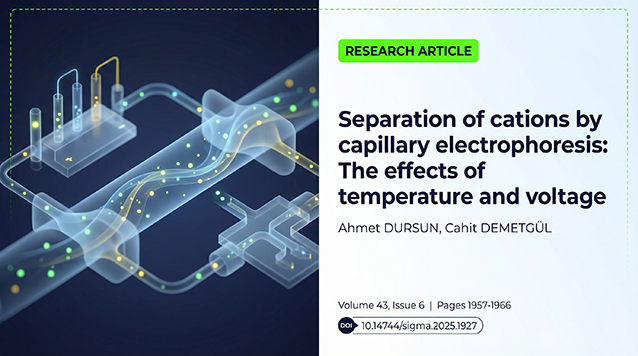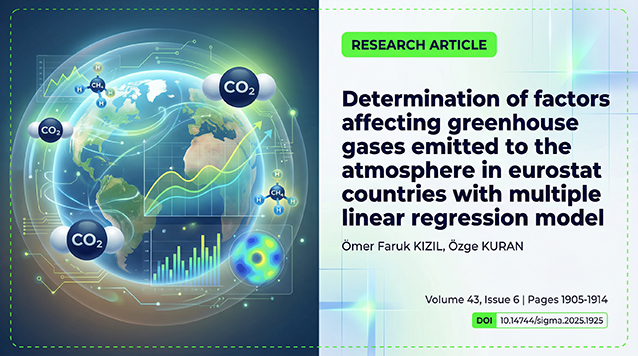Abstract
This study aimed to investigate the application of electro-activated persulfate processes to provide maximum total organic carbon (TOC) removal from the leachate nanofiltration concentrate with minimum energy consumption. Electro-activated persulfate processes were evaluated in terms of operating parameters of oxidant/chemical oxygen demand (COD) ratio, applied current, pH, and reaction time. Response surface methodology and central composite design were applied for statistical analysis and optimization of process parameters. Estimated TOC removal efficiencies by the model under optimum conditions were 58.65% and 61.07% for electro-peroxymonosulfate (EPM) and electro-peroxydisulfate (EPD) processes, respectively; while energy consumption was 1.87 and 5.81 kWh/m3, respectively. TOC removal efficiencies in experimental studies performed to verify model conformity were 56.91% and 58.43% for EPM and EPD processes, respectively. The conformity of the estimated and actual removal efficiencies shows that the central composite design is a suitable tool in determining the optimum conditions to achieve maximum TOC removal with minimum cost. Since the TOC removal efficiencies obtained by EPM and EPD processes were very close to each other, the EPM process with lower energy consumption is more advantageous.
Based on the experimental results, a mathematical model was developed, and the nickel inhibition constants (KNi) were found to be 8.75 mg/L.
















